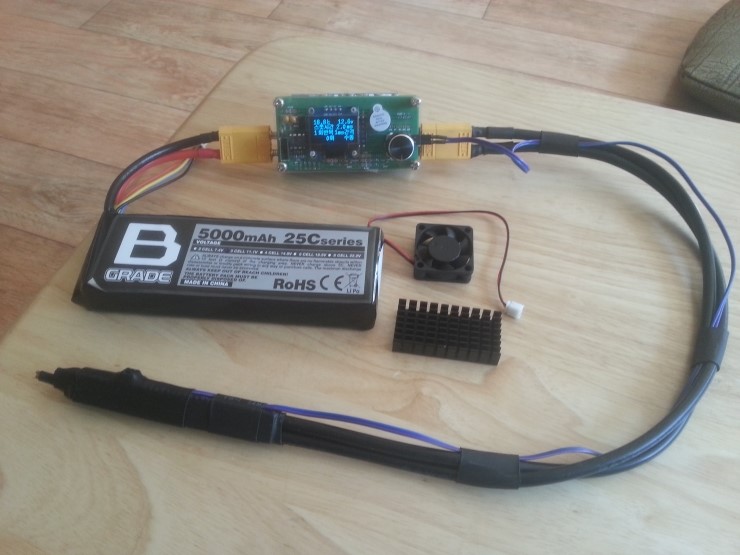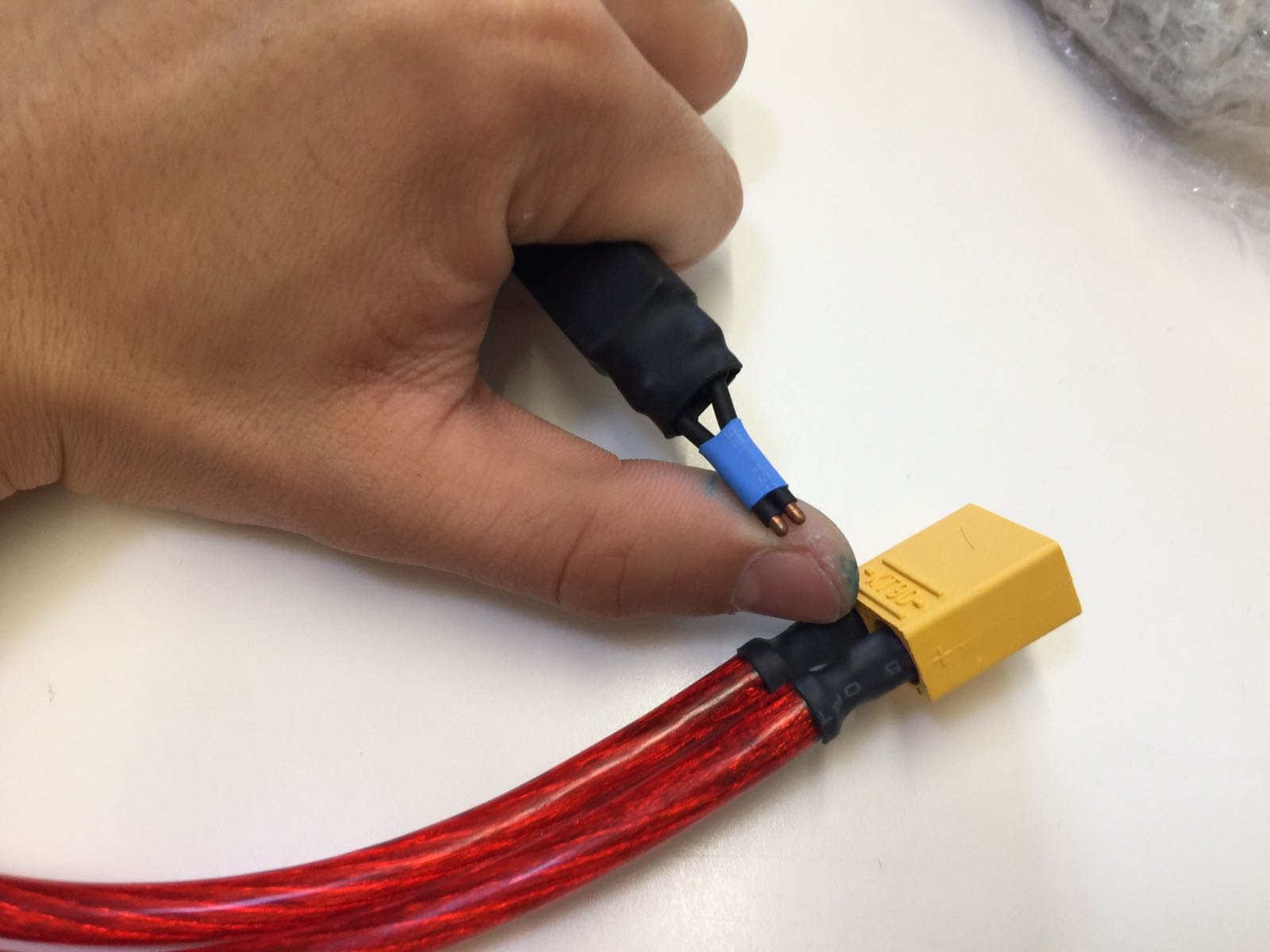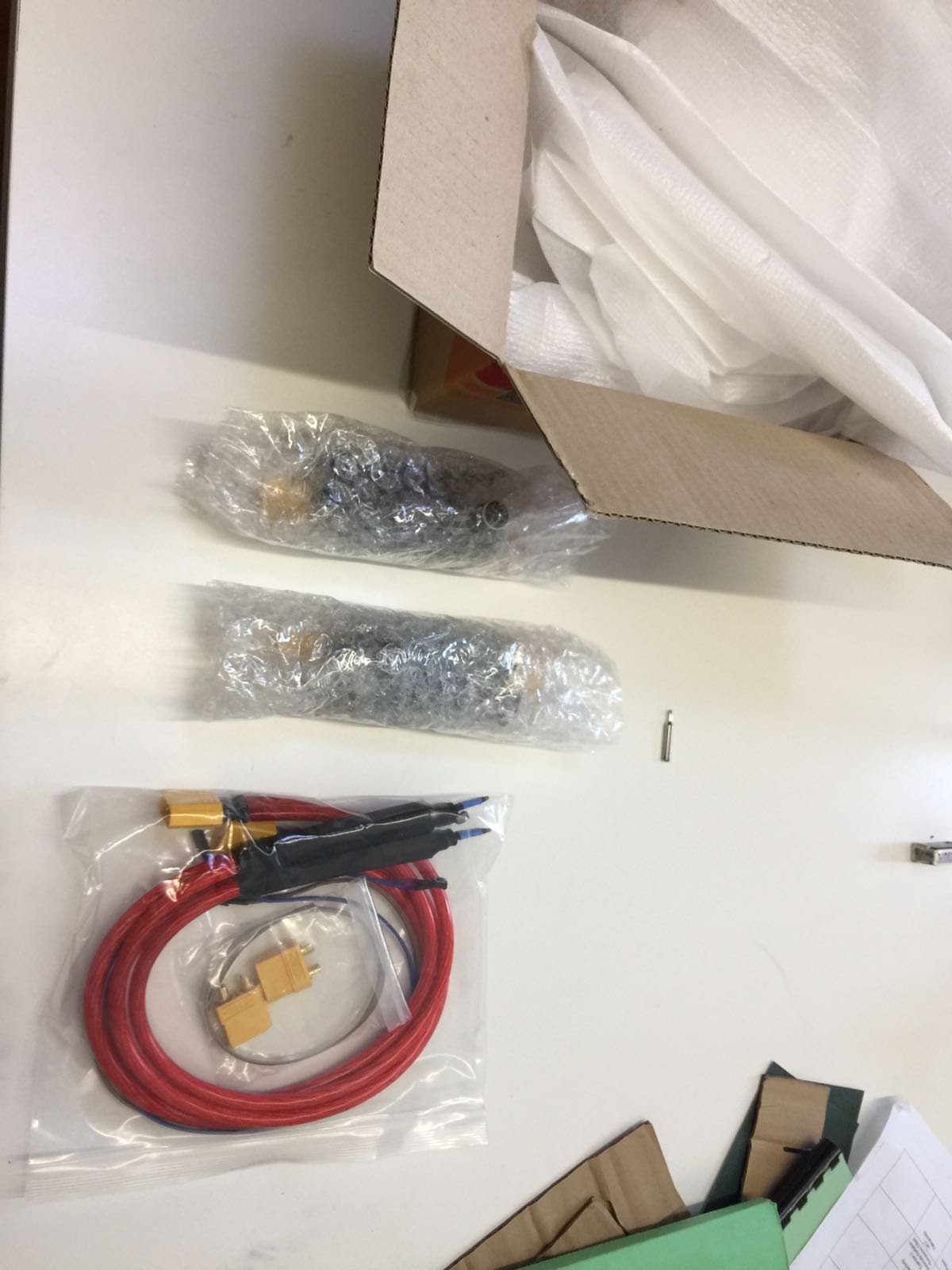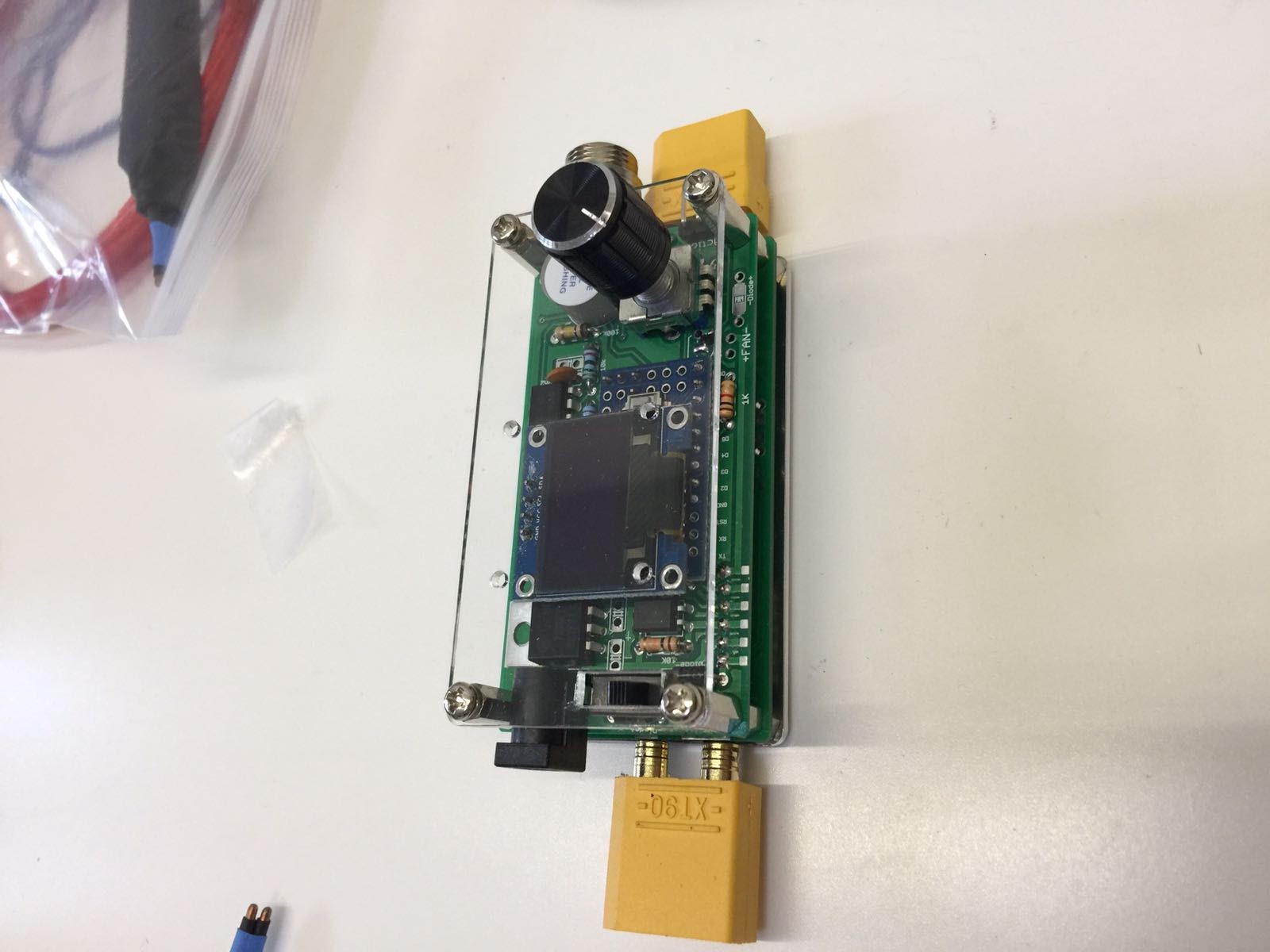. I'm also interested in seeing this welder up close. It may also be possible to beef it up a little if I'm going to be abusing it with a 4s battery and longer weld times. It's about time I make some use out of my electrical engineering degree, lol. But waiting to see it, and get a better understanding of what it consists of before I make any plans.
I've got 2 of this welder so I could post some high quality photos for u.
Isnt this spot welder is just a arduino that is controlling a bank of FETs connected to a LiPo? I'm sure you could add more FETs to the spot welder, but there barely any space internally to solder the FETs to, so perhaps a better option would be just to wire up another bank of FETs and use this spot welder to control the timing of the FETs switching on and off. There's another thread somewhere about using a zener? and TVs diode to prevent the inductance of the Batteras y wire and spot welding probes wire from causing avalanches current that damage the FETs, so look into that as well.
I think that you can use the screw and nut(compressions) method to secure a new bank of FETs to a 1 or 2mm thick copper plate and attach your new set of spot welding probes to it. And hookup the gate and source (or was it gate and drain?
I don't have a electrical engineering degree) to the spot welder to control the timing













